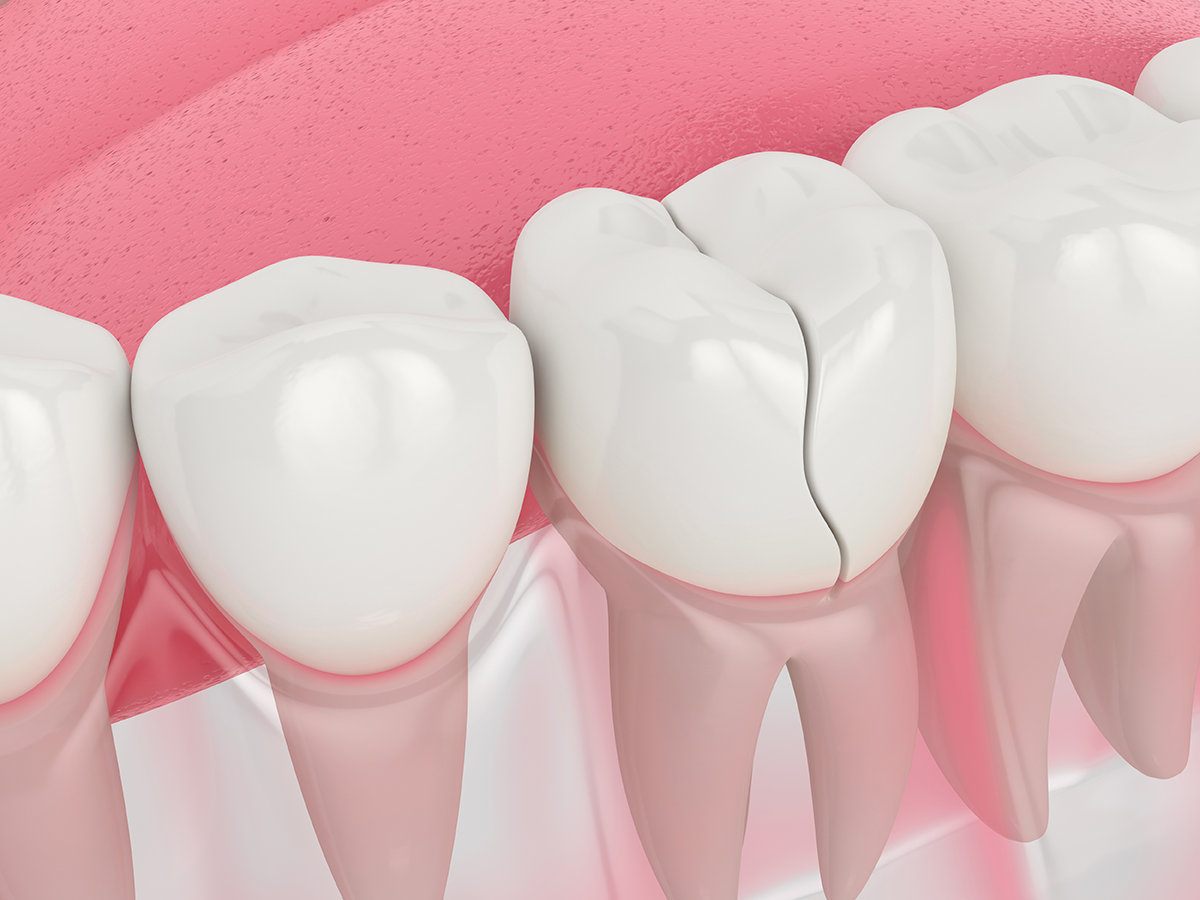Got Cracked Teeth? Must-Have Documentation to get Claims Paid
Estela Vargas, CRDH
_________
Patients don’t like pain, especially when chewing. Going out to a nice dinner can be ruined when a sharp, piercing pain accompanies a bite of your favorite meal.
A trip to the dentist reveals a cracked tooth and the accompanying “cracked tooth syndrome” of symptoms warranting possible full crown coverage or other treatment.
Some symptoms of a cracked tooth are:
- Craze lines: super-small cracks in the enamel of teeth
- A fractured cusp(not separated) generally occurs around a dental filling
- Cracks extending into the gum line: a tooth with a vertical crack extending through it hasn’t yet reached the gum line
- Split tooth: when a crack or fracture reaches the gum line, it becomes a split tooth
- Vertical root fracture
- Pain to biting
- Pain to cold
New research about how best to treat cracked teeth was recently published. The newer research further confirms that full-coverage crowns remain the BEST method of treating symptomatic CTS.
The treating dentist has always had the final say on when to monitor a cracked tooth and treat it. Biting pain symptoms are the most common complaint by patients.
Dentists experience pocket pain when they perform a crown, and the patient's dental plan declines due to a lack of supporting documentation. Most plans look for separation of the cusp(s) and remaining tooth structure of about 50% before the plan benefits kick in for a full coverage crown, assuming all other criteria are met.
Most plans will likely cover a crown (if it is a covered benefit) if the tooth has been treated with endodontics. Many plans will pay for a claim for a cracked tooth for other reasons if the medical necessity is met.
The lack of documentation is the #1 reason claims for cracked teeth are not paid.
Use the following template to ensure proper and adequate documentation that supports the medical necessity.
Subjective:
Chief Complaint: The patient presents with pain and discomfort in the affected tooth.
History of Present Illness: The patient reports experiencing sharp, intermittent pain upon biting or chewing, localized to a specific tooth. The discomfort has been ongoing for [duration] and has not subsided.
Objective:
Inspection: Visual examination reveals [description of the cracked tooth], including any visible fractures, stains, or other abnormalities.
Palpation: Gentle palpation of the affected tooth elicits localized pain, and the patient may point to the tooth as the source of discomfort.
Percussion: Percussion testing may reveal increased sensitivity or discomfort in response to tapping on the affected tooth.
Radiographic Findings: [Include any relevant radiographic findings, such as periapical changes, periapical film taken, cone beam, and or bitewing, highlighting the presence and extent of the crack.]
Assessment:
Cracked Tooth Syndrome
Plan:
Confirm Diagnosis: Consider additional diagnostic tests, such as transillumination or magnification, to confirm the diagnosis.
Pain Management: Prescribe analgesics as needed for pain relief. Consider topical or systemic desensitizing agents.
Crown Placement: Given the diagnosis of Cracked Tooth Syndrome, plan for the placement of a full coverage crown to provide structural support and protect the affected tooth if indicated.
Referral: If the crack is extensive or involves the pulp, consider referring the patient to an endodontist for further evaluation and potential endodontic treatment.
Occlusal Adjustment: Evaluate and adjust occlusion if it contributes to cracked tooth syndrome.
Patient Education: Provide information on oral hygiene practices, avoiding biting on hard objects, and follow-up care.
Follow-up: Schedule a follow-up appointment to address the patient's progress and reassess or change the treatment plan as necessary.
References:
Cracked Teeth: To Treat or Not to Treat? - American Association of Endodontists (aae.org)
https://www.practiceupdate.com/content/treatment-outcomes-of-cracked-teeth/162159
https://jada.ada.org/article/S0002-8177(22)00748-6/abstract



